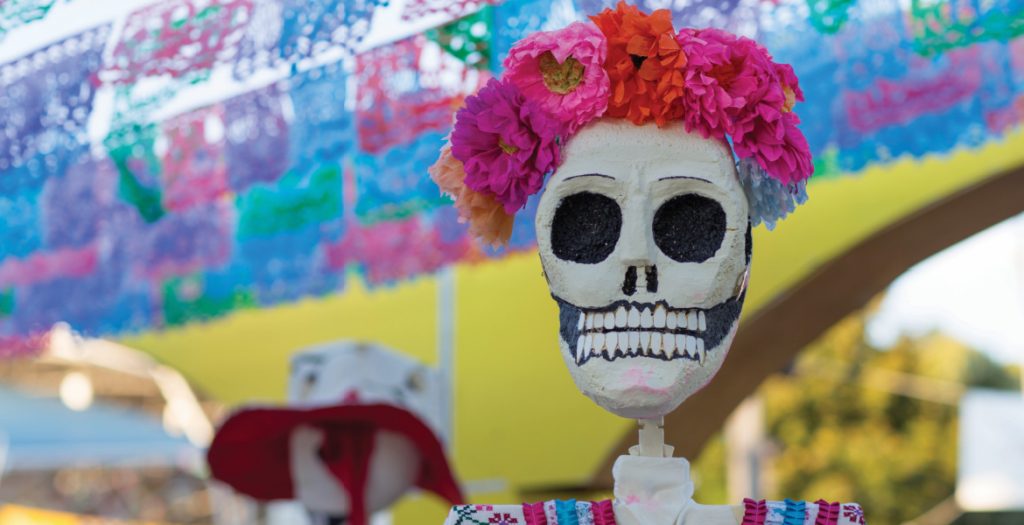By Carmen A. Murguia | Photo courtesy Visit Milwaukee
I am the granddaughter of Mexican immigrants who arrived during World War I. My father, Dr. Filberto Ramon Murguia, came to the U.S. from Michoacán, Mexico, in 1954 and fought in the Korean War before he was even a citizen. My mother, who stayed home to raise me and my four siblings in the Sherman Park neighborhood, taught us what it means to be an activist, and we watched both our parents fight for equal rights for all Latinos.
I’m starting here, with my family history, because to talk about the evolution of Milwaukee’s Latin community, and its influence on the city is to talk about my family. Our pride for our culture runs thick as blood, as I know it does for the roughly 160,000 Hispanic people that now live in Milwaukee.
In the early 1900s, the Mexican Revolution sparked a wave of Spanish-speaking people to relocate here for economic opportunities and political asylum. The Great Depression forced thou- sands of Latin settlers to return home, but World War II again created a huge demand for food and agriculture workers.
Immigrants from British Honduras, Mexico, Jamaica and the Bahamas — whose recruited labor helped save the U.S. from food shortages — found themselves grappling with major inequities.
The unmet promise of a new, fulfilling life in Wisconsin ignited years of fighting for equality that lasted well into the 1970s. The inequities Hispanic people have faced, however, haven’t made the local community any less vibrant. In fact, there are two areas of the city that are particularly rich with Latin culture.
Walker’s Point, on Milwaukee’s south side, and Holton Street, on the city’s east side, have areas that add to the city’s cultural diversity.
The east side is home to several long-standing and significant businesses, namely Pueblo Foods; Café Corazon; Club 99; and St. Francis of Assisi Catholic Church, which has Spanish mass every Sunday. Many Puerto Ricans who migrated here in the 1950s continue to call this area home.
Walker’s Point is widely recognized as a hotspot for celebrated restaurants like Botanas; Conejitos; Cielito Lindo; and Café El Sol, which is famous for its Mexican Friday fish fry.
During the summer, Milwaukee hosts three of the largest festivals of their kind in the nation: Mexican Fiesta, Puerto Rican Family Festival and the Cuban Day Street Festival. Traditional food, stimulating music and an elaborate swirl of dancers delight locals and visitors year after year.They’re also beautiful ways to learn more about each culture and the people who have worked so hard and are proud to have made a life here in Wisconsin.
So, whether you are a history buff or someone who wants to travel to Latin America and the Caribbean without leaving the Midwest, Milwaukee is your destination. I am very proud of being a second generation of Mexican descent living in Milwaukee. It’s taught me to value my ever-evolving culture, heritage, traditions (new and old), foods, music and family.

